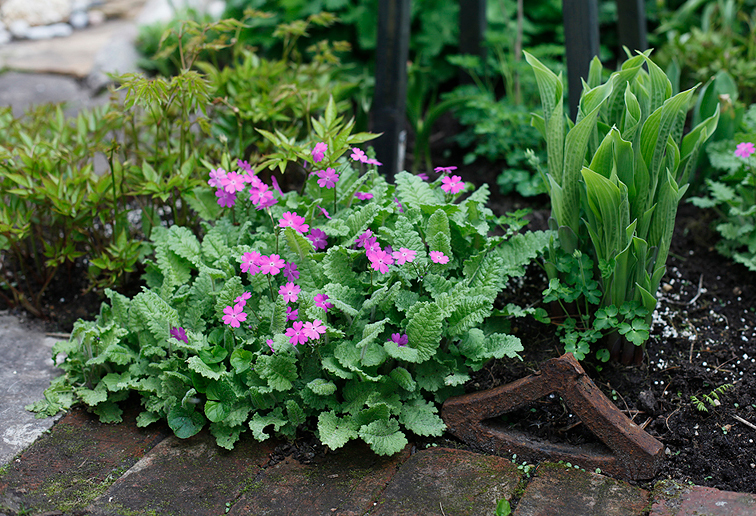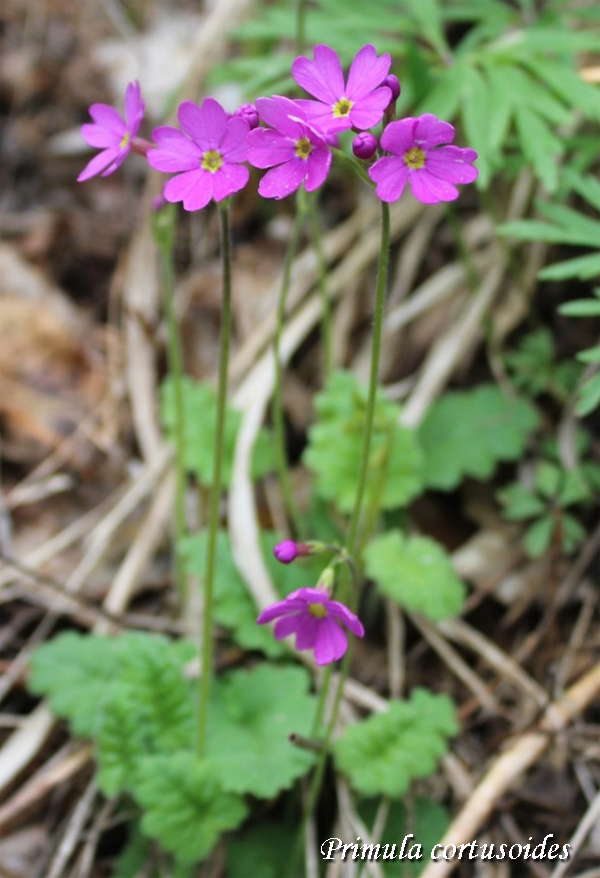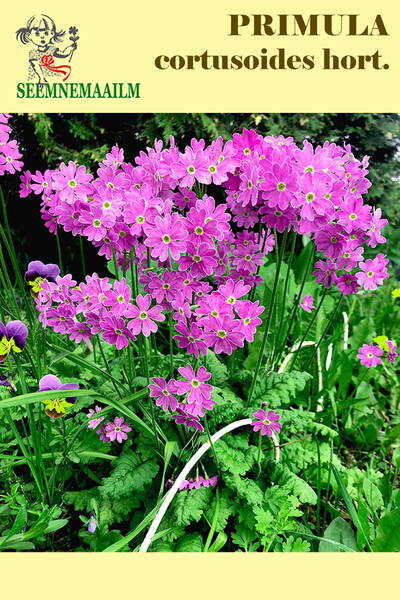A perennial ornamental plant with delicate pink flowers. It is noted for its abundant and long-lasting bloom as well as excellent cold resistance.
Native to the Urals, Western Siberia, Altai, Mongolia, Manchuria, North Korea, and northern China. Forms dense clumps and winters perfectly in temperate climates.
Flower color: pink.
Growth type: clump-forming.
Height with flowers: up to 30 cm.
Soil requirements: moist, medium, cool, fertile.
Ideal for rock gardens, borders, and group plantings. Looks beautiful under trees and in compositions with hostas and ferns.
Flowering and hardiness.
Flowering period: April–May.
Hardiness zones: Z3–Z8.
1.0 g = approx. 3000 seeds.

In cultivation since 1794. Widely known but often misidentified as rock primrose (P. saxatilis). Has a short rhizome and softly hairy leaves 5–8 cm long. Flowering stems up to 40 cm tall carry umbrella-shaped clusters of 3–12 reddish-violet flowers 1.5–2 cm across. Blooms abundantly in May–June for 35–40 days and may flower again under favorable conditions.
Planting and propagation.
Propagated by seeds, cuttings, and division.
Sowing: direct in autumn of harvest year. Seeds require cold stratification at −10°C for 3–4 months and germinate in light.
Vegetative propagation: by dividing clumps in early spring or in August–September, or by leaf cuttings and small rosettes.
Spacing: about 20 cm between plants.
Features.
This primrose is an ephemeral: by midsummer its foliage yellows and dies back completely, leaving dormant roots beneath the soil. In spring the clumps revive and bloom again. Hardy, decorative even in the first year, and pairs beautifully with spring plants, hostas, Rodgersias, ligularias, and Bergenias.













